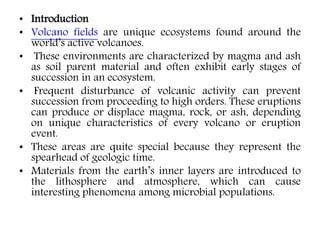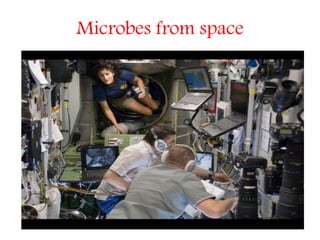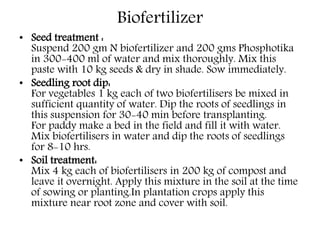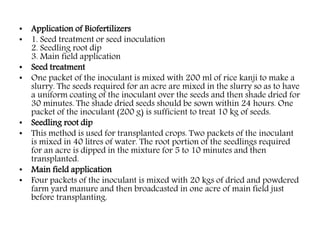Volcano fields provide unique ecosystems characterized by early successional stages due to frequent volcanic disturbances. Microorganisms that colonize recent volcanic deposits include extremophiles that can tolerate high heat and acidic conditions. These microbes play important roles in oxidizing gases and preparing the lava and ash for higher life forms through processes like methanogenesis and pedogenesis. Important microbes found in these environments include thermophiles, methanotrophs, sulfur metabolizers, and CO oxidizers.




















